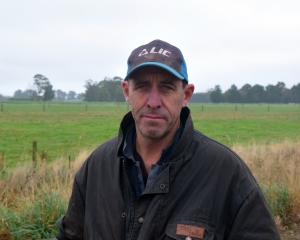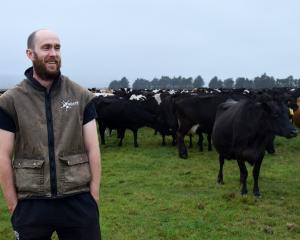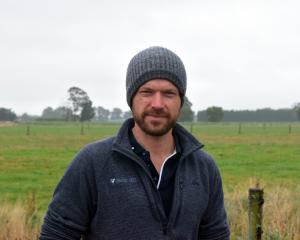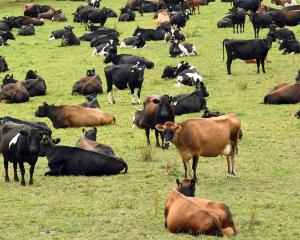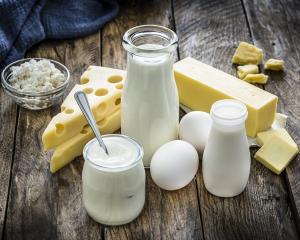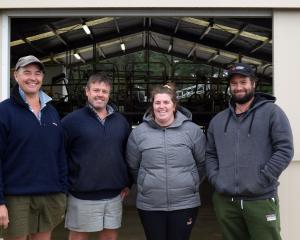
Ashleigh Ulrich told the group at the event that being able to closely monitor individual animals was becoming increasingly important as markets demanded higher and higher levels of traceability for food products.
She said monitoring systems were now being used in a variety of situations, including beef, sheep and salmon farming.
The SenseHub monitoring system that was described to the participants applies specific algorithms to information collected and analysed from critical data points from each animal, including activity and rumination. It provides information on the cow's heat status as well as other health and nutrition data to alert farmers to problems and support their management practices.
The system uses either collars or ear tags linked to a data controller, which allows access from a PC or mobile device.
''The goal from gathering and applying this information is to achieve optimal animal health,'' Ms Ulrich said. ''It also has the effect of reducing pressure on workers and makes management easier where expertise is not necessarily spread evenly across staff.''
She said it also helped drill down to what had happened to animals in terms of feeding or other activity and could help improve on-farm practices.
''It can be especially useful in systems where fodder beet is used and can help identify problems earlier than might have otherwise been possible,'' she said.
Another benefit from using monitoring systems was that farmers could keep an eye on animals remotely, although she said it was never going to remove the need for a hands-on approach. It was also possible to provide controlled access to vets with the system.
Ms Ulrich said that with a range of systems collecting different data from on-farm operations, integration and communication between systems could be an issue.
''In five years' time we'll look back and wonder what the issue was,'' she said. ''For the moment however, moving data to external applications such as automatic drafting can involve having to do additional work.''
Lis Rietveld, of the Centre for Dairy Excellence, said reliance on Wi-Fi and the internet could lead to some complications, especially at setup, but it was possible to provide monitoring even without external connections.
As part of the presentation, the group visited nearby farmer Nick Thomsett, who was in the first season of using the cow monitoring system.
Mr Thomsett said his small farm was a high-input operation, in contrast to the approach of many other farmers.
''We have to get the best we possibly can out of our cows to be profitable, and the information from the monitoring system makes it easier on staff,'' he said. ''As well, it provides us with a higher degree of accuracy when it comes to our decision-making.''
Mr Thomsett said it did not remove the need to apply sound farm management practices but it helped manage animal health and improved the monitoring of individual animals.
''The bottom line, though, is it is not a magic bullet - you still have to farm.''


